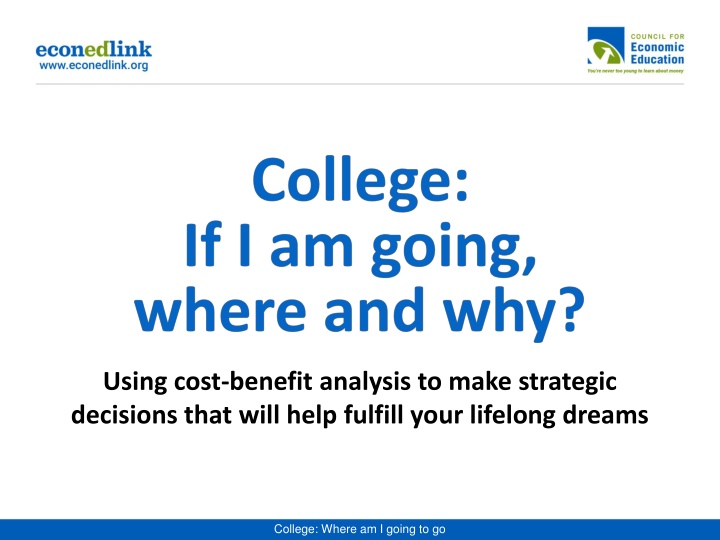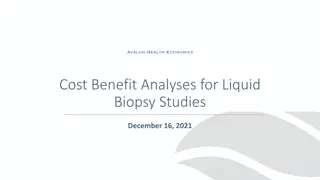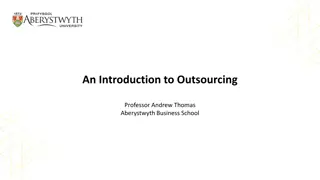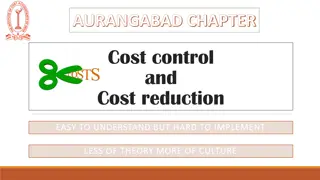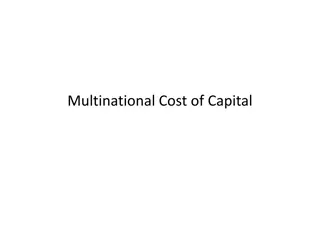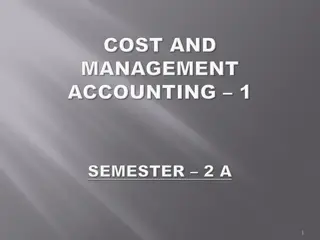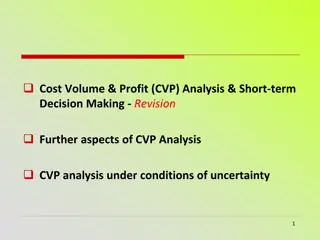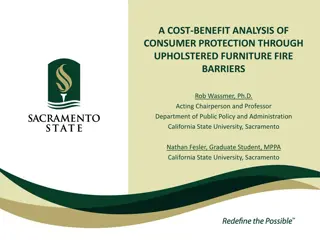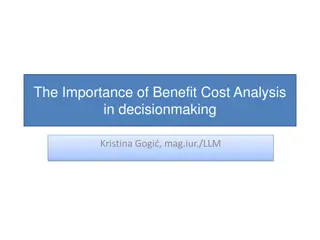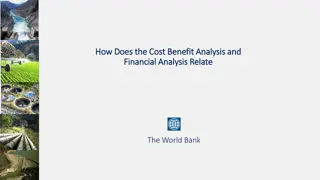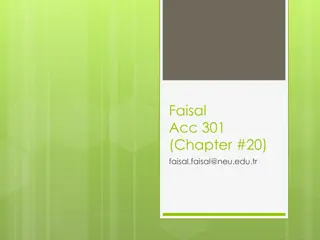Making Strategic Education Decisions Using Cost-Benefit Analysis
Using cost-benefit analysis helps students like Patrick make informed decisions about continuing education after high school. By weighing factors such as opportunity costs, net benefits, and personal preferences, students can choose between attending college or working full-time. This process involves identifying the best strategy for education post-high school based on individual circumstances and goals. With a focus on maximizing benefits and minimizing costs, students can aim to fulfill their lifelong dreams through strategic decision-making.
Download Presentation

Please find below an Image/Link to download the presentation.
The content on the website is provided AS IS for your information and personal use only. It may not be sold, licensed, or shared on other websites without obtaining consent from the author.If you encounter any issues during the download, it is possible that the publisher has removed the file from their server.
You are allowed to download the files provided on this website for personal or commercial use, subject to the condition that they are used lawfully. All files are the property of their respective owners.
The content on the website is provided AS IS for your information and personal use only. It may not be sold, licensed, or shared on other websites without obtaining consent from the author.
E N D
Presentation Transcript
Using cost-benefit analysis to make strategic decisions that will help fulfill your lifelong dreams College: Where am I going to go
Demonstrate how cost-benefit analysis improves decision-making Identify the opportunity cost of attending college after high school Use a PACED model to identify the best strategy for education after high school given different scenarios College: Where am I going to go
Every student must choose whether or not to continue their education after graduating from high school To simplify this decision, assume there are only two choices: Attend school full-time Work full-time Because every person lives in a world of scarce time, talent, and treasure, every high school student must choose between these two alternatives College: Where am I going to go
What is the opportunity cost of attending college? A full-time job earning whatever the competitive market will pay given the person s skill set, education, and level of expertise relative to others What is the opportunity cost of working full time? Attending college with the hopes of earning a degree that promises to connect the individual with various viable career options and income College: Where am I going to go
Those students with high school diplomas should go to college as long as the net benefits of earning post-secondary degrees are higher than working full-time with a high school education, no college, and no debt Those students with high school diploma should work if their full- time job options promise higher net benefits than those with college degrees, potential student debt, and specific career options available by obtaining a college education College: Where am I going to go
Patrick is a student in your high school. He has decided it is in his best interest to attend college after weighing the options of going or not going to a university. However, he cannot decide where to go and needs your help His preferences include: Costs finding the least cost, affordable option Location either close to home or able to get home at least once during the semester and able to continue his contracting business Ranking/Quality having a degree from a well-respected institution Scholarships qualifying for any financial support to help pay for his education College: Where am I going to go
Problem: Select one college to attend among the many available Criteria Alternatives Job Placement Total Cost Location Ranking Alternatives: Identify which four rise to the top given the stated criteria University of Kansas University of Missouri Criteria: University of Hawaii Tuition costs, fees, and room and board Location and distance from home Academic ranking Job Placement on completion University of Florida College: Where am I going to go
Evaluate the alternative universities based on careful examination of the criteria and the weight of importance on each criterion based on personal preferences Criteria Alternatives Job Placement Total Cost Location Ranking University of Kansas University of Missouri Decide which university among the four selected promises the most net benefits University of Hawaii University of Florida College: Where am I going to go
Pat is going to graduate high school with a 2.5/4.0 GPA and SAT score of 25, has a lot of experience managing social media accounts for student organizations, and possesses a positive record consulting regularly with businesses in the community paying $30 per hour and contracting for a minimum of 9 hours Criteria Alternatives College: Where am I going to go
What university had the highest rating based on his criteria? What is Patrick s opportunity cost? Do you think Patrick will agree with your recommendations? What are other options that Patrick might consider? College: Where am I going to go
Is college in your future? If yes, which path will you take? Four-year college or university University with the hopes of earning a master s or other advanced degree Technical school or community college with fast tracks to careers Other Use the PACED model to identify which path would be most beneficial for you given your future goals, your career aspirations, and market conditions College: Where am I going to go
Everyone makes choices about their personal lives, regardless of who they are or where they live, because we live in a world of scarcity and cannot have everything we want Even so, each person makes different decisions about what they want or need Individual choices are based on personal views, tastes, wants, needs, and desires that lead them to identify different alternatives, select different criteria, and assign different priorities to each criterion The PACED model helps each person systematically choose which alternative is the most promising -- given an evaluation based on identified criteria, personal values and priorities, and careful consideration of opportunity costs College: Where am I going to go
